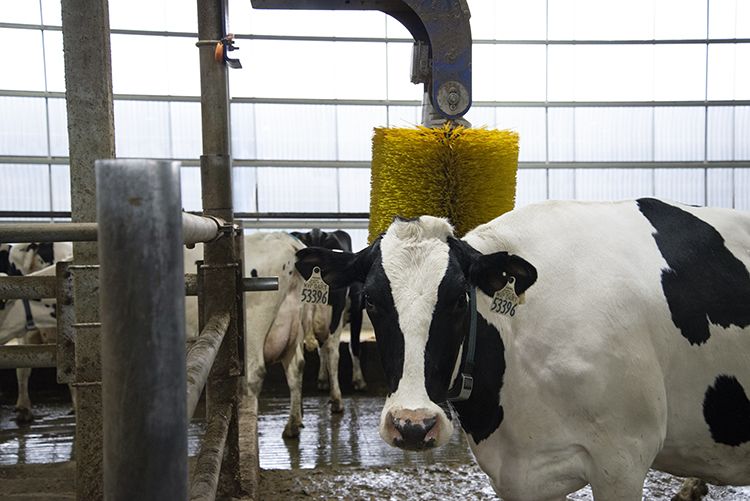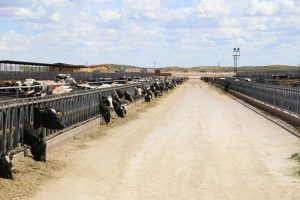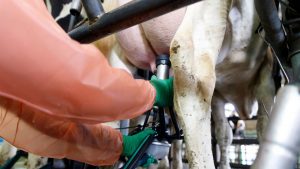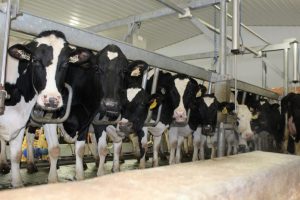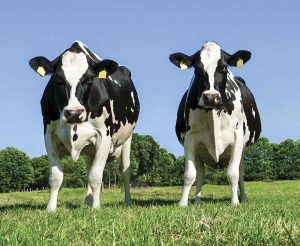
What does cow comfort mean? Is it replacing bedding quickly, scrapping the cow yard often, or adding flexible partitions to freestalls? Dairy farmers are the founders and enforcers of cow comfort. However, cow comfort is ready for the next level.
This semester at Iowa State University, I have the pleasure of enrolling in the domestic animal behavior and well-being course. So far, I have been able to learn about animal instincts and how to manage them. One form of acting upon animal behaviors is using environmental enrichment, a topic I was unfamiliar with until recently.
When my professor, Anna Johnson, explained environmental enrichment, she said that it is a way for animals to explore their natural behaviors, and this allows them to experience a more positive affective state. The goal is to make the animals’ environment more positive and less stressful while creating the ability to cope with challenges.
Dairy cattle are creatures of habit. They prefer their schedule to include eating, sleeping, milking, socializing, and repeat. When cows get out of routine, they are anxious and frantic. Sometimes, disrupting routine is necessary for health purposes or as they enter a new stage in their life. Having environmental enrichment factors can make this transition calmer and easier to get past.
Johnson stated there are five types of environmental enrichment: social, occupational, physical, sensory, and nutritional. Social enrichment encourages animals to interact with their own species or humans. Most of the time, dairy cattle are already in social environments, but if they must be penned alone, mirrors can be added. A mirror in the corner of a chute or runway can also help cattle feel more comfortable and safer to move forward.
Occupational enrichment encourages animals to challenge themselves in a positive way. Adding objects like balls, piles of bedding, or boxes can be fun for cattle and allows them to think. Physical enrichment partners with occupational enrichment as it keeps animals active and their environment interesting. Physical examples include self-grooming stations like brushes or different trails in grazing pastures.
Sensory enrichment focuses on smelling, hearing, touching, and seeing. Subtle additions like colored buckets or listening to the radio can be used for sensory enrichment. Lastly, nutritional enrichment can be enhanced by adding salts blocks or food dispensers to pens.
These different forms of environmental enrichment can help cattle transition with ease through the stages of life. Bringing out their natural behaviors allows for more control, predictability, and positive behavior in dairy cattle.
Jessica Schmitt grew up working on her family’s dairy farm near Fort Atkinson, Iowa. She recently completed her junior year at Iowa State University where she is triple majoring in dairy science, international agriculture, and agricultural and life sciences education with a communications option. Schmitt served as the 2021 Hoard’s Dairyman editorial intern this summer.
